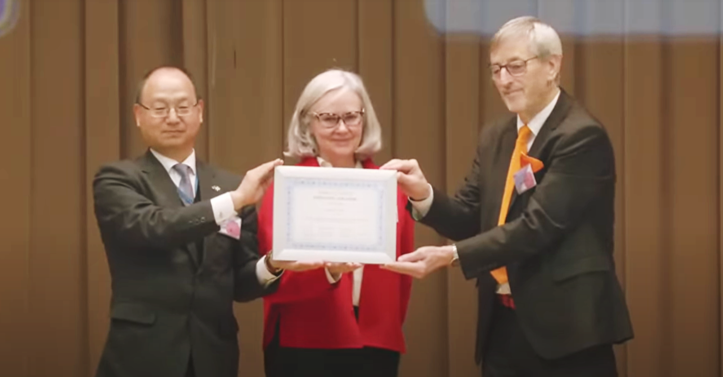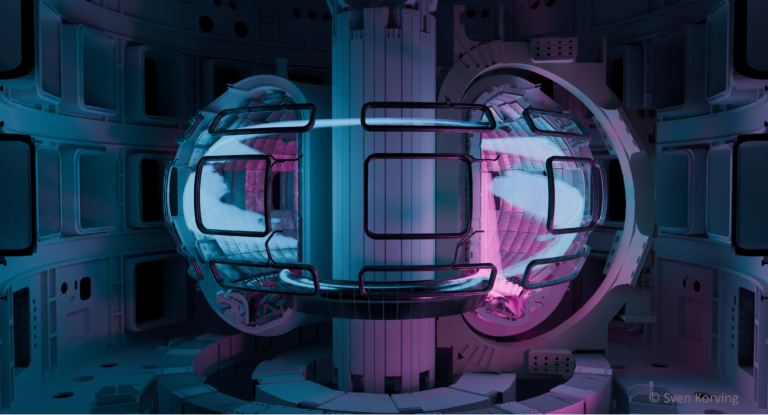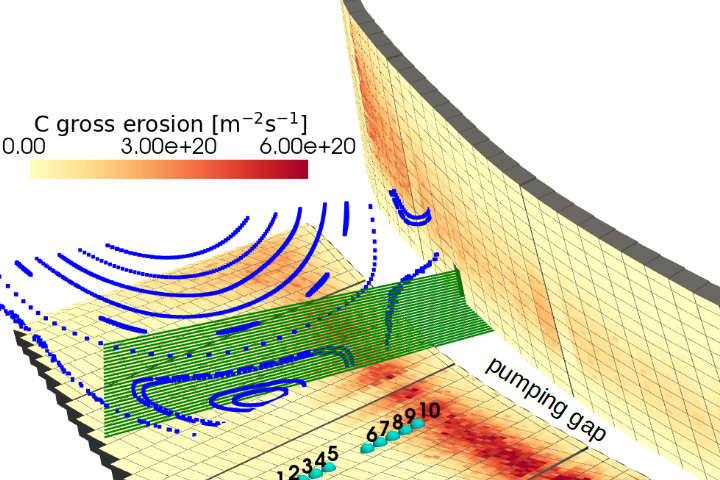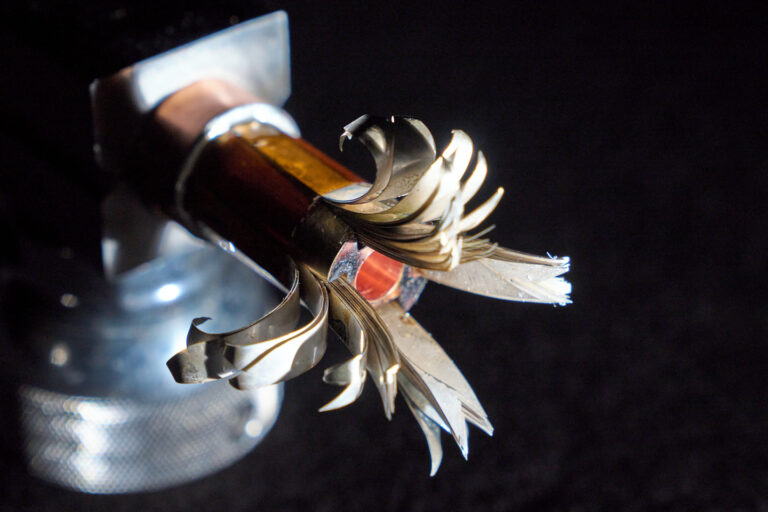The JT-60SA tokamak, a collaborative project between Europe and Japan in the framework of the Broader Approach, is entering an important new phase. After a long construction period managed by Fusion for Energy (F4E) and Quantum Science and Technology (QST), the project is now shifting from its initial construction and commissioning phase to a phase focused on scientific research and experimentation.
The design and construction phase has been accompanied, since 2011, by the preparation of the scientific exploitation by a joint Research Unit responsible for writing and progressively updating the JT-60SA Research Plan and coordinating physics-oriented activities (modelling, code development, diagnostic proposals etc.). The EU participation in this activity was supported via EFDA and later EUROfusion.
Construction and Initial Operation
Phase 1 of the JT-60SA project, which concluded in 2023, involved the integrated commissioning and initial operation of the tokamak. This phase was overseen by QST with significant participation from scientists affiliated with EUROfusion, F4E, and ITER.
Scientific Exploitation Phase
Starting in 2024, the scientific exploitation of JT-60SA is being managed by a newly formed Experiment Team. This team ensures a joint scientific effort between Europe and Japan, led by two Japanese experiment team leaders (Maiko Yoshida and Hajime Urano) and one European (Jeronimo Garcia). The team is organized into six topical groups, each led by a Japanese or European expert, with participation from scientists across all collaborating institutions.
In January 2024, a call for participation was launched, targeting EURATOM members, Japanese fusion institutions, and ITER. This call aimed to gather experts to analyse the initial experimental data from the first phase and prepare for subsequent operations in 2026 and 2027. So far, 280 participants have been accepted into the team, with the majority hailing from EUROfusion institutions, underscoring Europe’s significant contribution and expertise. This is particularly vital as knowledge from JET, the previous largest tokamak in the world, is transferred to JT-60SA.

Additional Insights
The inauguration of JT-60SA on December 1, 2023, marked a significant milestone. More than 150 Japanese scientists from 18 institutions and over 200 European scientists from 39 institutions contributed to the JT-60SA Research Plan, completed in 2018. This collaboration laid the foundation for ongoing joint scientific endeavours.
One notable outcome was the development and installation of several diagnostic systems, such as EDICAM and Massive Gas Injection, essential for safety and control studies. These systems are crucial as JT-60SA transitions to active research, marking the beginning of substantial scientific investigations.
A group of EUROfusion scientists joined the Integrated Commissioning of JT-60SA, experiencing initial operations and contributing to early data analysis. This involvement fosters deeper collaboration and prepares for future projects in Europe.
Recent and Upcoming Milestones
The first major milestone for the Experiment Team was the inaugural meeting on 29 May 2024, which saw over 200 participants connect remotely. Moving forward, the team will conduct meetings for each topical group and develop a high-level experimental program for the next operational phase, set to commence after a two-year period of maintenance and enhancement.
Additionally, several working groups will be established, including one dedicated to coordinating the use of the Integrated Modelling & Analysis Suite (IMAS) within JT-60SA.
For physicists and engineers in the early phase of their careers, a good way to approach the JT-60SA research environment is the JT-60SA International Fusion School, founded in 2023 and taking place annually. This school offers the opportunity to 10 European and 10 Japanese participants to attend lectures, practical exercises and tours of the JT-60SA equipment for two weeks, while establishing connections with each other and with the lecturers.
For more detailed information, you can visit the JT-60SA website or check out this flyer from Fusion for Energy. Furthermore, a recent update on the project’s progress was shared by QST on their X account.




